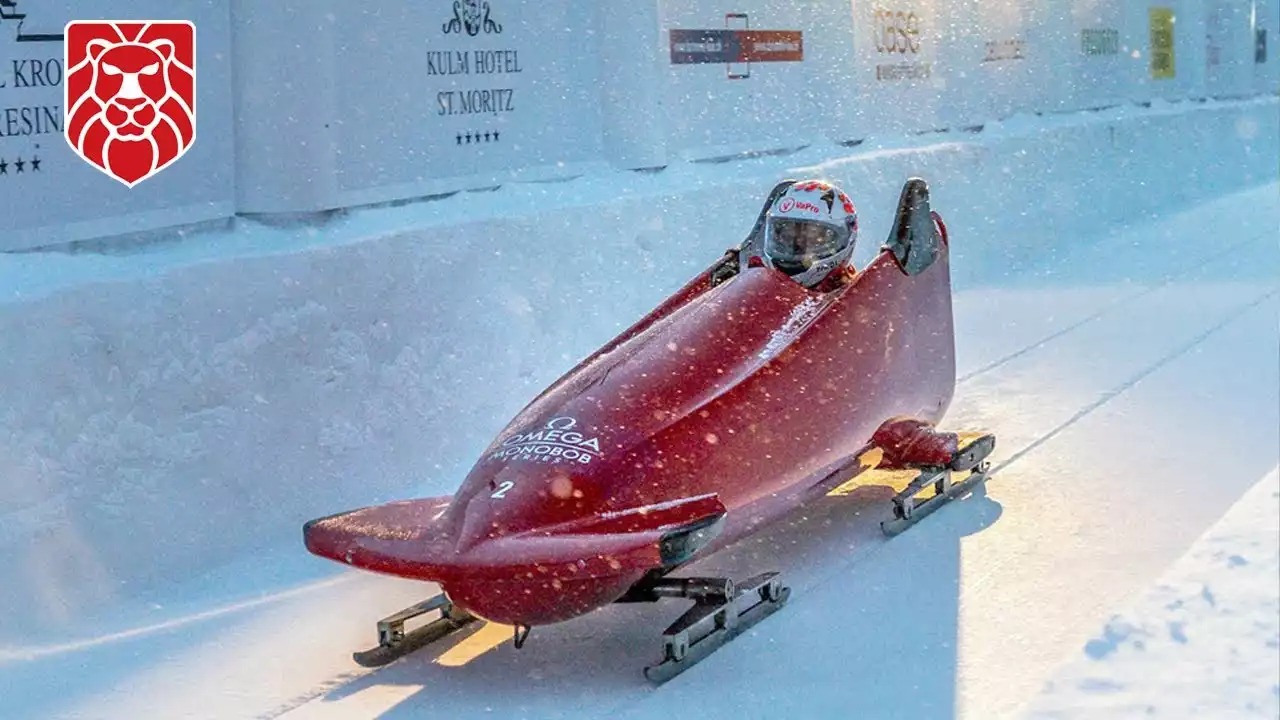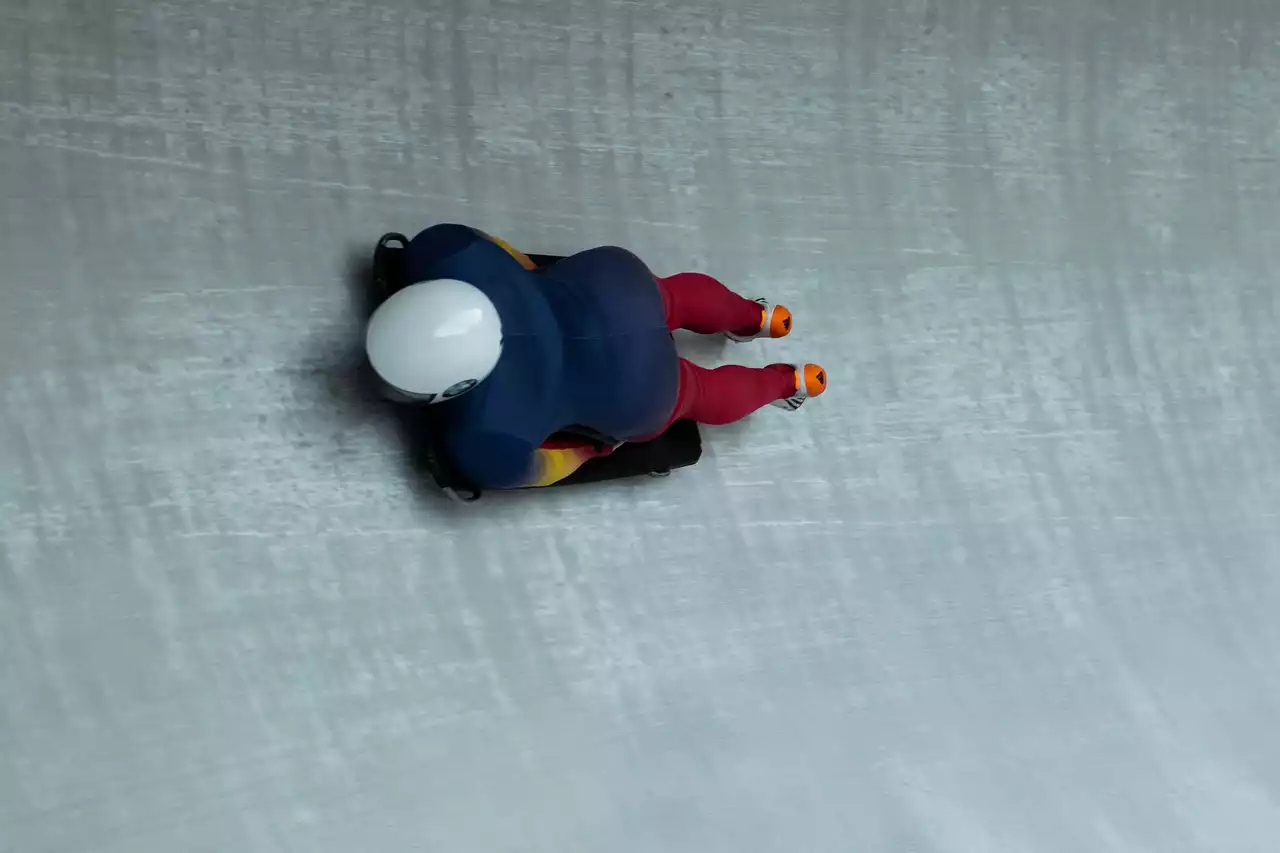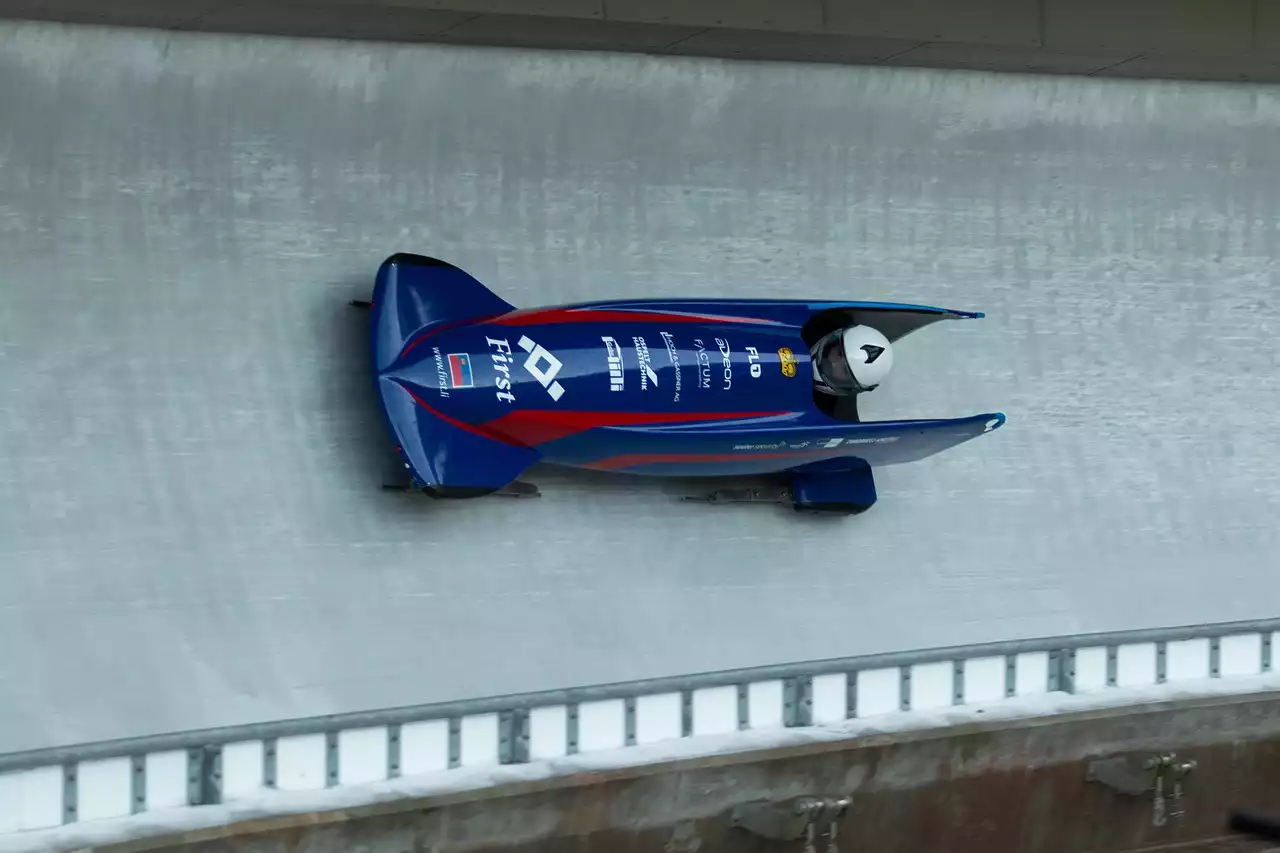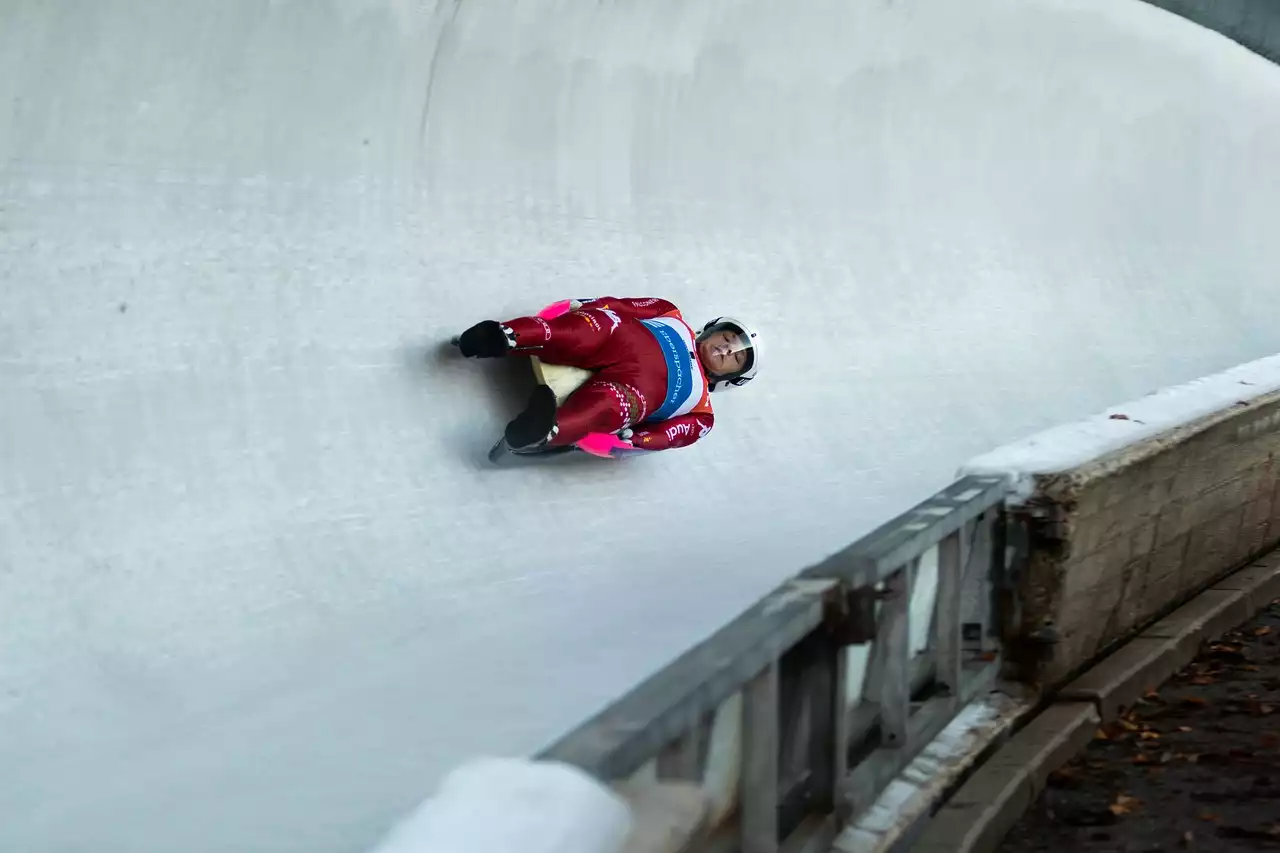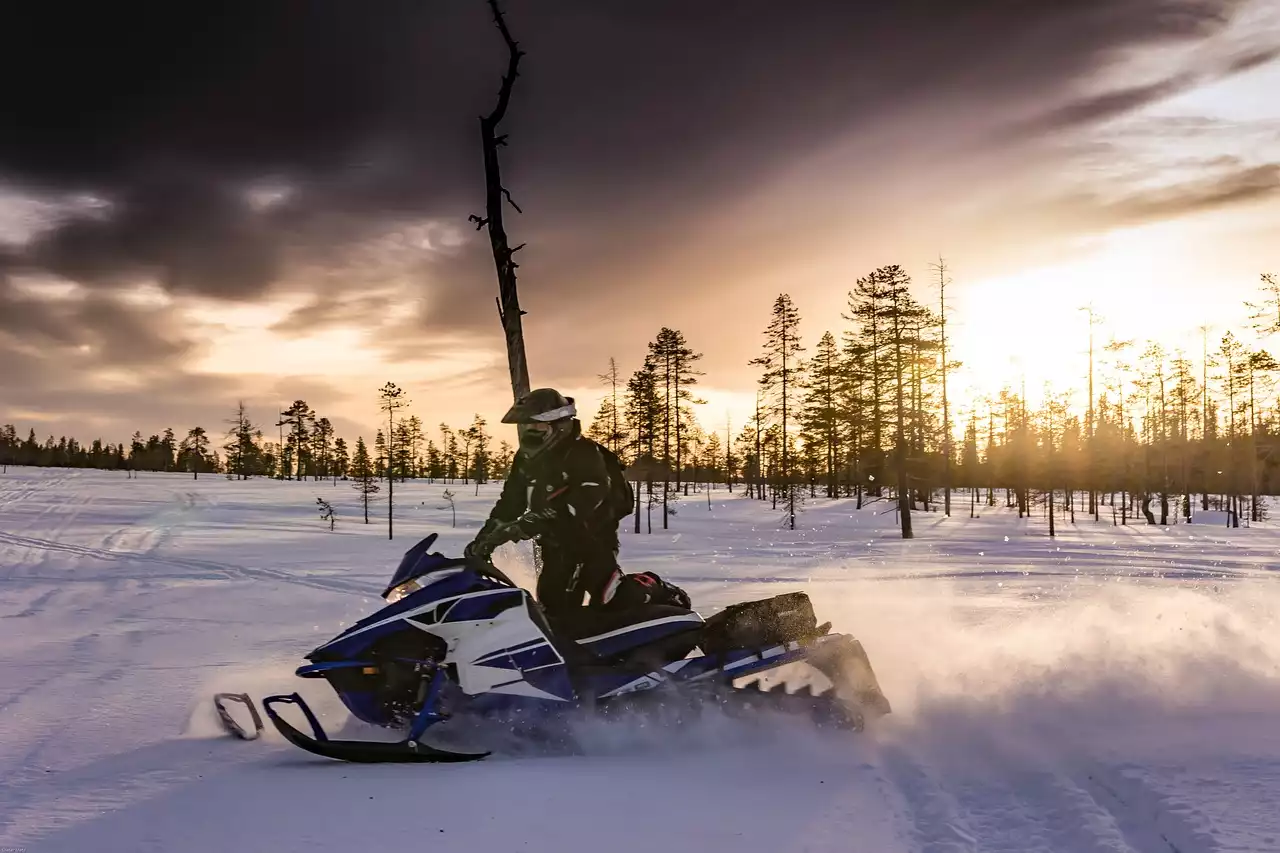History of bobsleigh safety measures
Bobsleigh, also known as bobsled, has a rich history that dates back to the late 19th century. Originating in Switzerland, it quickly gained popularity as a thrilling winter sport. However, the early years of bobsleigh were marked by a lack of safety measures, resulting in numerous accidents and injuries.
As the sport evolved and gained recognition, the need for improved safety became evident. It was in the early 20th century that significant advancements were made in bobsleigh safety. The construction of tracks became more sophisticated, sled designs were refined, and safety regulations were implemented.
Today, bobsleigh safety measures have come a long way. The International Bobsleigh and Skeleton Federation (IBSF) has established strict guidelines to ensure the safety of athletes and officials. These measures include thorough inspections of the tracks, sleds, and equipment, as well as regular training and certification for athletes and track personnel.
Importance of safety in bobsleigh
In a sport as fast-paced and dangerous as bobsleigh, safety is of paramount importance. The high speeds, sharp turns, and intense G-forces experienced by athletes make it crucial to prioritize safety at all times.
Not only does a comprehensive safety framework protect the athletes from potential injuries, but it also enhances the overall experience for everyone involved. Spectators can fully enjoy the adrenaline rush of bobsleigh knowing that the necessary safety measures have been taken.
Moreover, safety in bobsleigh is not only about protecting the athletes during races but also during training sessions. Proper training and adherence to safety protocols are essential to minimize the risk of accidents and ensure the longevity of athletes' careers.
Key safety equipment in bobsleigh
When it comes to bobsleigh, the equipment plays a crucial role in ensuring the safety of the athletes. From the sled to the protective gear, each component is designed to provide maximum protection and minimize the risk of injuries.
The sled, also known as the bobsleigh, is constructed with high-quality materials that can withstand the extreme forces experienced during a run. It is designed to be aerodynamic and stable, allowing athletes to maneuver through the track with precision and control.
Protective gear is another essential aspect of bobsleigh safety. Athletes wear helmets, padded suits, and gloves to protect themselves from potential impacts and friction burns. The helmets are specially designed to provide both impact and thermal protection, while the suits offer padding in critical areas to absorb shocks.
In addition to the sled and protective gear, athletes also wear specially designed boots and spikes that provide traction on the ice. These boots help the athletes maintain their balance and control while navigating the twists and turns of the track.
Proper training and technique for bobsleigh safety
In bobsleigh, proper training and technique are crucial for both performance and safety. Athletes undergo rigorous training programs that focus on strength, agility, and coordination. This training not only helps them excel in the sport but also prepares them to handle the intense physical demands and potential risks associated with bobsleigh.
One of the key aspects of bobsleigh training is learning the proper techniques for entering and exiting the sled. Athletes are taught how to position themselves to minimize the risk of injury during these critical moments. They also practice maintaining the correct body position throughout the run, which helps them maintain control and reduce the risk of accidents.
Furthermore, athletes receive training in emergency procedures, such as how to safely exit the sled in case of a crash or malfunction. These drills ensure that athletes are well-prepared to handle any unforeseen circumstances that may arise during a race.
Common injuries in bobsleigh and how to prevent them
While the safety measures in bobsleigh have significantly reduced the risk of injuries, accidents can still occur. Some of the common injuries in bobsleigh include concussions, whiplash, fractures, and soft tissue injuries.
To prevent these injuries, it is crucial to prioritize safety at every level of the sport. This includes regular inspections of the tracks to identify and address any potential hazards. Athletes should also undergo regular medical check-ups to ensure they are physically fit to participate in the sport.
Proper warm-up and stretching exercises are essential to prepare the body for the intense physical demands of bobsleigh. Athletes should also follow a well-rounded strength and conditioning program to build the necessary muscle strength and endurance.
Additionally, education and awareness play a vital role in injury prevention. Athletes, coaches, and officials should be well-informed about the safety protocols and guidelines to ensure they are implemented consistently.
Safety guidelines for bobsleigh tracks
The construction and maintenance of bobsleigh tracks are critical to ensuring the safety of athletes. The tracks must meet specific design requirements and undergo regular inspections to identify any potential hazards.
The angles of the turns, the banking of the track, and the overall layout are carefully planned to minimize the risk of accidents. The track surfaces are meticulously maintained to provide optimal ice conditions, ensuring athletes can maintain control and navigate safely.
Safety barriers, such as foam pads and crash barriers, are strategically placed along the track to absorb impacts and prevent injuries in case of a crash. These barriers act as a cushion and help redirect the sleds away from potential hazards.
Regular maintenance and repairs are essential to ensure the tracks remain safe and in optimal condition. This includes addressing any cracks, bumps, or inconsistencies that could affect the athletes' performance or safety.
Safety protocols during bobsleigh races
During bobsleigh races, strict safety protocols are in place to protect the athletes and officials. These protocols cover various aspects, including pre-race inspections, sled checks, and athlete equipment checks.
Before each race, the track is inspected to ensure it meets the necessary safety standards. This includes checking for any debris or ice buildup that could pose a risk to the athletes. The sleds are also thoroughly inspected to ensure they are in proper working condition, with all components securely fastened.
Athletes undergo equipment checks to ensure they are wearing the appropriate protective gear and that it is in good condition. This includes checking the helmets for cracks or damage and ensuring the suits provide adequate padding.
During the race, officials closely monitor the athletes' performance and adherence to the rules. Any violations or unsafe behavior can result in penalties or disqualification. In case of an accident or crash, medical personnel are on standby to provide immediate assistance.
Bobsleigh safety initiatives and organizations
Various organizations and initiatives are dedicated to promoting safety in bobsleigh. The International Bobsleigh and Skeleton Federation (IBSF) is the governing body responsible for overseeing the sport's development and ensuring safety standards are met.
The IBSF conducts regular safety seminars and workshops to educate athletes, coaches, and officials on the latest safety protocols and guidelines. They also work closely with track operators to ensure tracks meet the necessary safety requirements.
Furthermore, the IBSF collaborates with other international sports organizations to share best practices and promote safety in bobsleigh. This includes conducting research and implementing innovations that enhance the safety of athletes and officials.
National bobsleigh federations also play an essential role in promoting safety within their respective countries. They work closely with local track operators and athletes to ensure proper safety measures are in place and followed.

